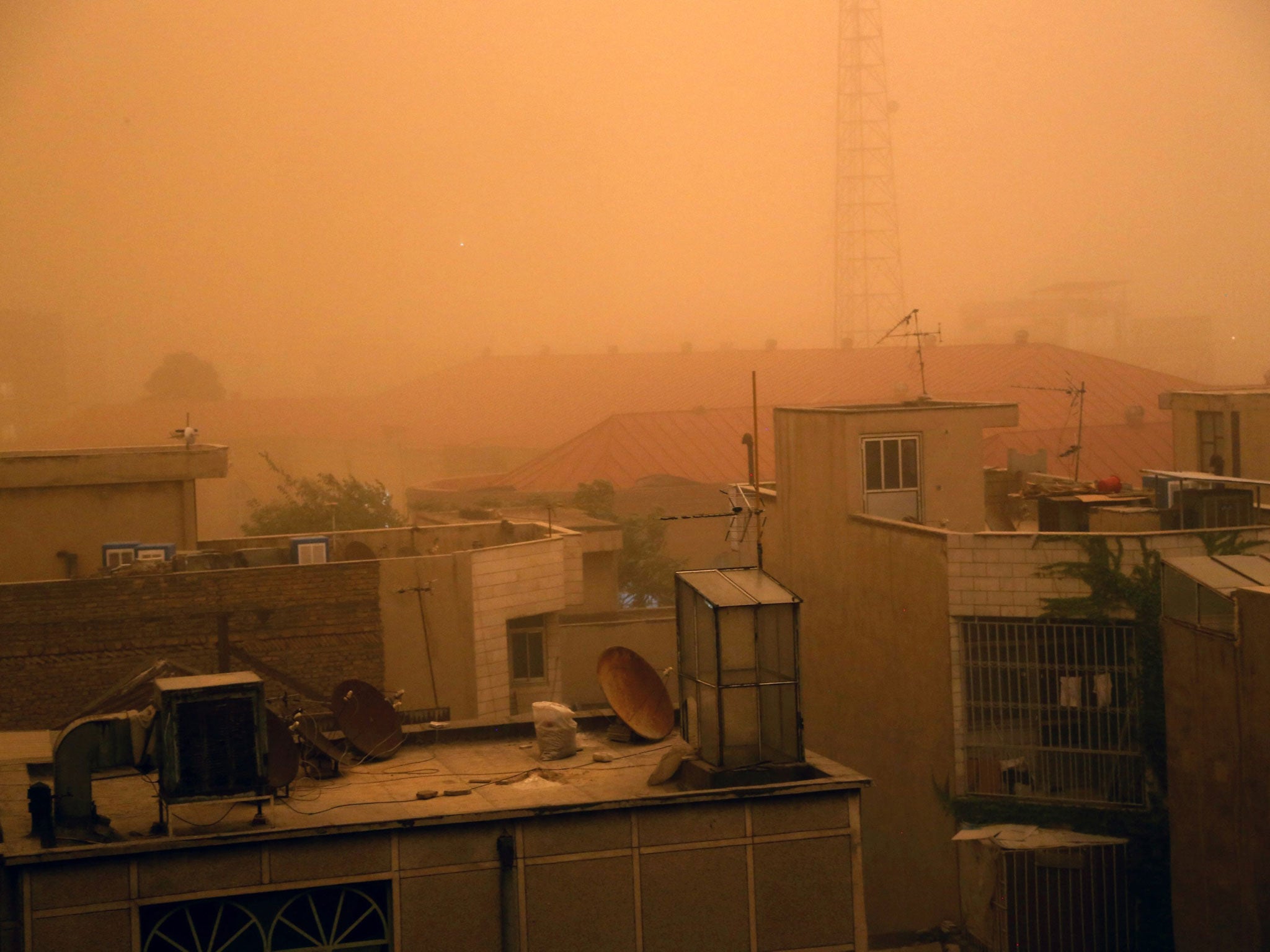Climate change could make parts of the Middle East and North Africa ‘uninhabitable’
The researchers believe the rising temperatures will create climate refugees

Your support helps us to tell the story
From reproductive rights to climate change to Big Tech, The Independent is on the ground when the story is developing. Whether it's investigating the financials of Elon Musk's pro-Trump PAC or producing our latest documentary, 'The A Word', which shines a light on the American women fighting for reproductive rights, we know how important it is to parse out the facts from the messaging.
At such a critical moment in US history, we need reporters on the ground. Your donation allows us to keep sending journalists to speak to both sides of the story.
The Independent is trusted by Americans across the entire political spectrum. And unlike many other quality news outlets, we choose not to lock Americans out of our reporting and analysis with paywalls. We believe quality journalism should be available to everyone, paid for by those who can afford it.
Your support makes all the difference.The Middle East and North Africa could become “uninhabitable” over the course of the 21st Century, researchers have warned, due to the adverse effects of climate change.
Jos Lelieveld, Director of the Max Planck Institute for Chemistry and Professor at the Cyprus Institute, found that the number of extremely hot days recorded in the region has doubled since 1970, and this number could increase by fivefold by the end of this century.
More than 500 million people live in the Middle East and North Africa, but Dr Lelieveld and his colleagues believe the number of climate refugees could increase dramatically in the future due to the increasing temperatures.
The researchers compared data from 1986 to 2005 with predictions from 26 climate models over the same time period to project climate conditions for two future periods; 2046 to 2065 and from 2081 to 2100. They based their projections on two separate scenarios, one in which greenhouse gases start decreasing by 2045, and one in which they don’t. In both cases, the strongest rise in temperature is predicted to happen during the summer period.
The Earth’s temperature has increased by around 0.8 Celsius since 1880, according to Nasa, but Dr Lelieveld believes that even if this increase only reaches a total of two degrees compared to pre-industrial changes then by mid-century, the Middle East and North Africa will not see temperatures drop below 30 degrees at night during the region’s warmest period.
During the day, this could increase to 46 degrees. By the end of the century temperatures at midday could reach 50 degrees, he warned, with heat waves hitting the region 10 times more often than they do now.
In addition to the rising temperatures generally, the number of extremely hot days could increase to 80 by mid-century, compared to an average of 16 recorded between 1986 and 2005, though this could rise to as many as 116 days by the end of the century.
“In future, the climate in large parts of the Middle East and North Africa could change in such a manner that the very existence of its inhabitants is in jeopardy,” Dr Lelieveld said.
“Climate change will significantly worsen the living conditions in the [region]. Prolonged heat waves and desert dust storms can render some regions uninhabitable, which will surely contribute to the pressure to migrate.”
Join our commenting forum
Join thought-provoking conversations, follow other Independent readers and see their replies
Comments